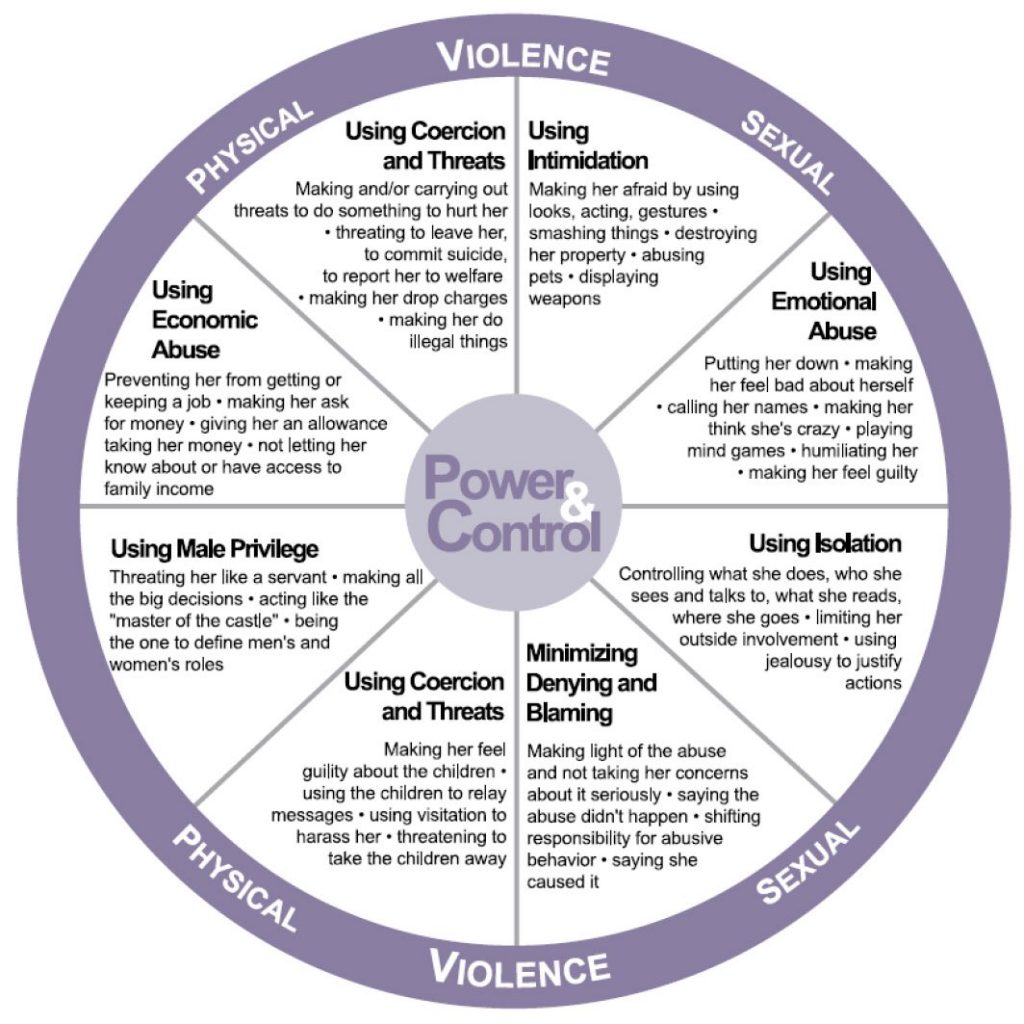By Dissident Teacher
October is Domestic Violence Awareness Month. While I’m grateful that the feminist movement brought awareness to the problem, I wonder if feminism is keeping the problem entrenched and working against the solutions.
It’s a problem that crosses every race, religion and social class in this country, and we can’t underestimate the extent of the problem. Countless volunteers and social workers do amazing work to help victims. I applaud feminism for working to help abused women and children, and for bringing about the conditions allowing for emergency shelters throughout the country. It’s estimated that 1 in 4 women experience domestic or intimate partner violence.
 Those who haven’t experienced domestic violence or other types of trauma may have difficulty understanding how it effects victims. Victims show the signs of trauma, depression, dissociation and shutdown and can carry these problems in their bodies for years. They deserve our kindness and compassion and counseling. While I agree with the goals of the National Coalition Against Domestic Violence, some of their teachings are simplistic or flawed. Teachings on domestic violence imply that it arises totally out of a systematic pattern of power and control.
Those who haven’t experienced domestic violence or other types of trauma may have difficulty understanding how it effects victims. Victims show the signs of trauma, depression, dissociation and shutdown and can carry these problems in their bodies for years. They deserve our kindness and compassion and counseling. While I agree with the goals of the National Coalition Against Domestic Violence, some of their teachings are simplistic or flawed. Teachings on domestic violence imply that it arises totally out of a systematic pattern of power and control.
Rather than blaming, we should go deeper into it……
American women have always been strong women historically and anyone who denies that is not seeing history clearly. In the many marriage counseling books I’ve read, psychologists talk about the people who are likely to stay in relationships with unfair power advantages over the other. An overpowering or domineering partner is likely to be a woman at least 1/3 of the time in the USA. This fact goes against the feminist narrative. Spouses and partners most likely to take abuse are not the ones who grew up with brother-sister relationships.
Childhood patterns can sometimes predict who falls into abusive relationships. Younger sisters of sisters, and younger brothers of brothers are the ones most likely to fall into patterns of submissiveness under a dominant partner in marriage. In other words, an older, dominant same sex sibling rather than an opposite sex sibling is more likely to contribute to this pattern. Unfortunately, some women who get out of one abusive relationship have a pattern of going onto other abusive relationships; these patterns may reflect a relationship with their fathers, or other difficulties in their childhood.
Why isn’t domestic violence going down?

I am very discouraged at the way domestic violence groups continue to hide the information about how substance abuse leads to domestic violence–even though it is part of problem at least 80% of the time. Problems of substance abuse or early substance use increase the likelihood of intimate partner violence, in young adulthood, for both perpetrators and victims.
If domestic violence groups worked harder to educate about this relationship, I think we’d make more progress against intimate partner violence, sexual assault and rape.
Most of the factors in NCADV’s pie chart are useful except “male privilege.” Too often the feminists leading domestic violence groups claim “male privilege” is the issue while deeper problems are in play. It would be more productive if they worked on psychological issues such as PTSD and substance abuse as underlying causes of domestic violence. Economic abuse and emotional abuse can be factors of uneven control in relationships. Yet women also use emotional abuse, too, and feminists don’t admit it.
Saying “male privilege” is the issue is just another form of male bashing which sets up the wars between the sexes that will have no resolution.
Ending domestic violence is a noble and just cause. Let’s go forward and continue to work on it
Dissident Teacher, a mother and graduate of a Big Ten university, has taught college for nearly 25 years.


